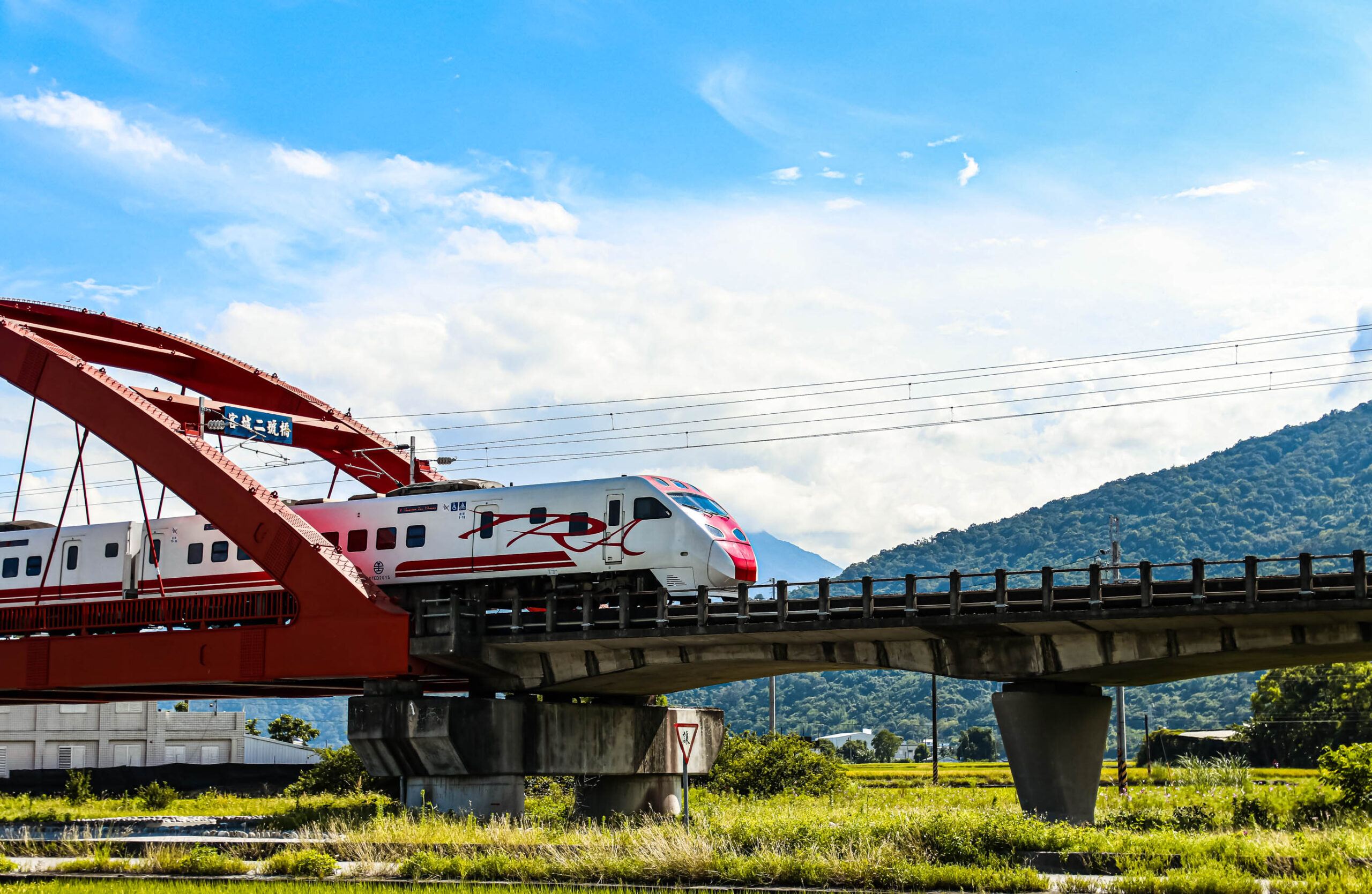
If you’re eager to hit the water and enjoy some kayaking adventures, but aren’t quite sure how to transport your kayaks safely, we’ve got you covered. In this article, we’ll guide you through a step-by-step process on how to put kayaks on a roof rack, ensuring they are securely fastened and ready for the journey. Whether you’re a seasoned kayaker or a beginner, using a roof rack can provide a convenient and reliable way to transport your kayaks, so let’s dive right in and get you on your way to your next kayaking escapade.
Choosing the Right Roof Rack
Consider your vehicle type and roof design
When choosing a roof rack for your kayak, it is important to consider your vehicle type and roof design. Different vehicles have different roof structures, and not all roof racks are compatible with every type of vehicle. Take into account the roof shape, size, and weight capacity of your vehicle in order to select a roof rack that is suitable for your needs. It is also worth researching the specific requirements and recommendations for your vehicle model, as some manufacturers may provide guidelines or specific roof rack options for your vehicle type.
Select the appropriate roof rack system
Once you have taken into consideration your vehicle type and roof design, it is time to select the appropriate roof rack system for your kayak. There are various types of roof racks available, including crossbars, J-style racks, saddle racks, and stacker racks. Each rack system has its own advantages and suitability for different types of kayaks. Consider factors such as ease of loading and unloading, stability, and the number of kayaks you plan to transport. Additionally, make sure to choose a roof rack system that is compatible with your roof design and vehicle type.
Preparing Your Kayak
Clean the kayak
Before loading your kayak onto the roof rack, it is important to clean it thoroughly. Remove any dirt, debris, or residue from the kayak’s surface using a mild cleaner and a sponge or cloth. Pay special attention to the areas where the kayak will come into contact with the roof rack, as any dirt or grime could affect the stability of the kayak during transportation. Additionally, ensure that the kayak is completely dry before proceeding to the next step.
Check for any damages or repairs needed
Before loading your kayak onto the roof rack, it is essential to inspect it for any damages or repairs that may be needed. Look for any cracks, scratches, or dents on the kayak’s surface, as well as any loose or damaged fittings. If any damages or repairs are identified, it is crucial to address them before transporting the kayak on the roof rack. This will help prevent further damage and ensure the safety of both the kayak and your vehicle.
Measure the kayak dimensions
In order to properly position and secure the kayak on the roof rack, it is important to measure its dimensions. Measure the length, width, and height of the kayak, taking into account any accessories or additions that may affect its overall size. This will help you determine the best placement on the roof rack and ensure that the kayak is secure during transportation. It is also a good idea to measure the distance between the roof rack crossbars or load bars to ensure that they are compatible with the width of your kayak.

Gathering the Necessary Equipment
Rope or straps
To secure the kayak onto the roof rack, you will need ropes or straps. It is recommended to use high-quality, heavy-duty straps or ropes that are specifically designed for transporting kayaks. Make sure that the ropes or straps have a sufficient weight capacity to hold the weight of your kayak. Additionally, ensure that the length of the ropes or straps is appropriate for securing the kayak to the roof rack securely.
Padding or foam blocks
To protect your kayak from scratches and damage during transportation, it is advisable to use padding or foam blocks. These can be placed between the kayak and the roof rack to provide a cushioning effect and prevent any potential damage. Padding or foam blocks can also help stabilize the kayak and keep it securely in place during travel. Make sure to choose padding or foam blocks that are durable, non-slip, and specifically designed for use with kayaks.
Bungee cords or tie-downs
In addition to ropes or straps, bungee cords or tie-downs can be used to further secure the kayak onto the roof rack. These can be used to secure any loose ends or to provide extra support and stability to the kayak during transportation. It is important to choose bungee cords or tie-downs that are strong, adjustable, and easy to secure and release. Additionally, make sure that the length of the bungee cords or tie-downs is suitable for the size of your kayak and the roof rack system you are using.
Assistive tools
Depending on your personal preference and the complexity of your roof rack system, you may require some assistive tools to help with the loading and securing process. These can include items such as step stools, ladder extensions, or even kayak loading assist devices. These tools can make the process easier and safer, especially if you have a tall vehicle or if you are loading multiple kayaks.
Positioning the Roof Rack
Determine the best roof rack placement
Before positioning the roof rack on your vehicle, determine the optimal placement for stability and ease of loading. Take into consideration the size and shape of your vehicle, as well as factors such as antenna placement, sunroof access, and any other potential obstructions. It is generally recommended to position the roof rack crossbars or load bars in a way that evenly distributes the weight of the kayak and provides a secure attachment. Consult the instructions provided by the manufacturer to ensure proper placement and alignment.
Ensure a secure attachment to the vehicle
Once you have determined the best roof rack placement, it is crucial to ensure a secure attachment to your vehicle. Follow the manufacturer’s instructions for installing and securing the roof rack system to your vehicle. Double-check all the attachment points, fasteners, and locks to ensure that they are properly tightened and secure. A stable and secure roof rack attachment is essential for the safe transportation of your kayak.

Loading the Kayak onto the Roof Rack
Enlist a helping hand
Loading a kayak onto the roof rack can be a challenging task, especially if you are doing it alone. It is highly recommended to enlist the help of another person to assist you during the loading process. Having a helping hand not only makes the task easier and safer but also ensures a smoother and more efficient loading experience. The helper can hold the kayak steady, guide you during lifting, and help navigate any potential obstacles.
Lift the kayak onto the roof rack
Once you have a helping hand, carefully lift the kayak onto the roof rack. Lift with your legs, not your back, to avoid any strain or injury. Position yourself on one side of the kayak while your helper positions themselves on the other side. Lift the kayak together, maintaining an even grip and keeping it balanced. Slowly lift the kayak and place it onto the roof rack, making sure that it aligns with the crossbars or load bars.
Place the kayak in the desired position
Once the kayak is on the roof rack, position it in the desired location. Ensure that the kayak is centered on the roof rack and aligned with the crossbars or load bars. Adjust the position as necessary to provide an even weight distribution and to accommodate any additional kayaks or equipment you may be transporting. Take into consideration any vehicle attachments or accessories that may need to be adjusted to accommodate the kayak.
Securing the Kayak
Attach straps or ropes to the kayak
To secure the kayak onto the roof rack, attach the straps or ropes to the appropriate attachment points on your kayak. These attachment points are typically located near the bow and stern of the kayak. Wrap the straps or ropes around the kayak and the roof rack crossbars or load bars, ensuring a tight and secure fit. Use the provided buckles or fasteners to secure the straps or ropes tightly, but avoid over-tightening, as this may damage the kayak or roof rack.
Ensure even weight distribution
When securing the kayak, it is essential to ensure an even weight distribution. This helps maintain the stability of the kayak and prevents any potential damage to the roof rack or vehicle. Adjust the straps or ropes as needed to distribute the weight evenly across the kayak and the roof rack. Check for any areas where the kayak may be leaning or unevenly positioned, and make the necessary adjustments to achieve a balanced load.
Confirm kayak stability
After securing the kayak onto the roof rack, confirm its stability before proceeding. Check for any movement or shifting of the kayak by gently pushing and pulling on it. Ensure that the straps or ropes are tight and that the kayak is securely held in place. Give the kayak a few gentle shakes to test its stability. If any issues or concerns are identified, re-adjust the straps or ropes as necessary to achieve a secure and stable attachment.

Securing Additional Kayaks
Repeat the process for each additional kayak
If you are transporting multiple kayaks, repeat the loading and securing process for each additional kayak. Ensure that each kayak is securely positioned and attached to the roof rack before proceeding to the next one. Take into account the weight distribution and adjust the placement of the kayaks to achieve an even load. Depending on the size and number of kayaks, you may need to make adjustments to the straps, ropes, or roof rack system to accommodate the additional weight and size.
Ensure proper spacing and weight distribution
When securing multiple kayaks, it is important to ensure proper spacing and weight distribution. Allow sufficient space between each kayak to prevent any potential contact or damage during transportation. Additionally, make sure that the weight of the kayaks is evenly distributed across the roof rack. This helps maintain stability and prevents any excessive strain on the roof rack system or vehicle.
Final Checks
Check all straps and ropes for tightness
Before hitting the road, perform a final check of all straps and ropes to ensure that they are tight and secure. Give each strap or rope a gentle tug to make sure it is properly fastened and won’t come loose during travel. Take a few extra moments to inspect the buckles, fasteners, and knots, ensuring that they are correctly tightened and will not loosen during transportation. It is better to be safe than sorry, so double-checking everything helps prevent any potential accidents or incidents.
Inspect kayak and roof rack for stability
Once all the straps and ropes are checked, take a moment to inspect the kayak and roof rack for overall stability. Check for any signs of movement, shifting, or looseness by gently pushing and pulling on the kayaks. Ensure that they are securely held in place and that there is no excessive play or wobbling. Additionally, inspect the roof rack system for any signs of instability or vulnerabilities. Address any issues or concerns before embarking on your journey to ensure a safe and trouble-free transportation experience.
Traveling with Your Kayak
Reduce speed and adjust driving habits
When traveling with your kayak, it is important to reduce your speed and adjust your driving habits accordingly. The added weight and height of the kayaks on the roof rack can affect the handling and stability of your vehicle. Start by reducing your speed and maintaining a safe distance from other vehicles on the road. Be cautious during turns, lane changes, and braking, as the weight distribution may affect the vehicle’s maneuverability. Pay attention to any overhead clearances and be mindful of the increased height of your vehicle.
Periodically check the kayak during travel
During your journey, it is advisable to periodically check the kayak to ensure that it remains secure and stable on the roof rack. Make quick visual inspections whenever you stop for breaks or refueling. Look for any signs of movement, loosening, or potential issues with the straps, ropes, or roof rack. If you notice any concerns, pull over to a safe location and address them immediately. Regularly checking the kayak during travel helps prevent any unexpected incidents or accidents.
Unloading the Kayak
Find a safe location to remove the kayak
When it’s time to unload the kayak from the roof rack, find a safe and suitable location to do so. Look for a flat, stable surface away from any traffic or potential hazards. Ideally, choose a location with easy access to the kayak and where you can comfortably maneuver around it. Make sure that the terrain is not slippery or uneven, as this can make the unloading process more challenging and increase the risk of accidents or injuries.
Carefully lift the kayak off the roof rack
To remove the kayak from the roof rack, carefully lift it off in a controlled manner. Enlist the help of your companion to ensure a safe and smooth unloading process. Position yourselves on either side of the kayak, maintaining an even grip. Coordinate your movements and lift the kayak together, while keeping it balanced and steady. Slowly lower the kayak to the ground, ensuring that it is placed gently and securely.
Store the kayak properly after unloading
After unloading the kayak, it is important to store it properly to ensure its longevity and prevent any damage. Clean the kayak, remove any excess moisture, and allow it to dry completely before storing it. Choose a suitable storage location, such as a garage, shed, or specialized kayak storage rack. If space is limited, consider investing in kayak storage solutions that maximize space and protect the kayak from the elements. Proper storage will help extend the life of your kayak and ensure that it is in good condition for your next adventure.
By following these step-by-step instructions, you can safely and efficiently load and transport your kayak on a roof rack. Remember to always prioritize safety and take the necessary precautions to protect both your kayak and your vehicle. With the right roof rack system, equipment, and techniques, you’ll be ready for countless exciting kayaking adventures. So get out there, hit the water, and enjoy the thrill of kayaking!









